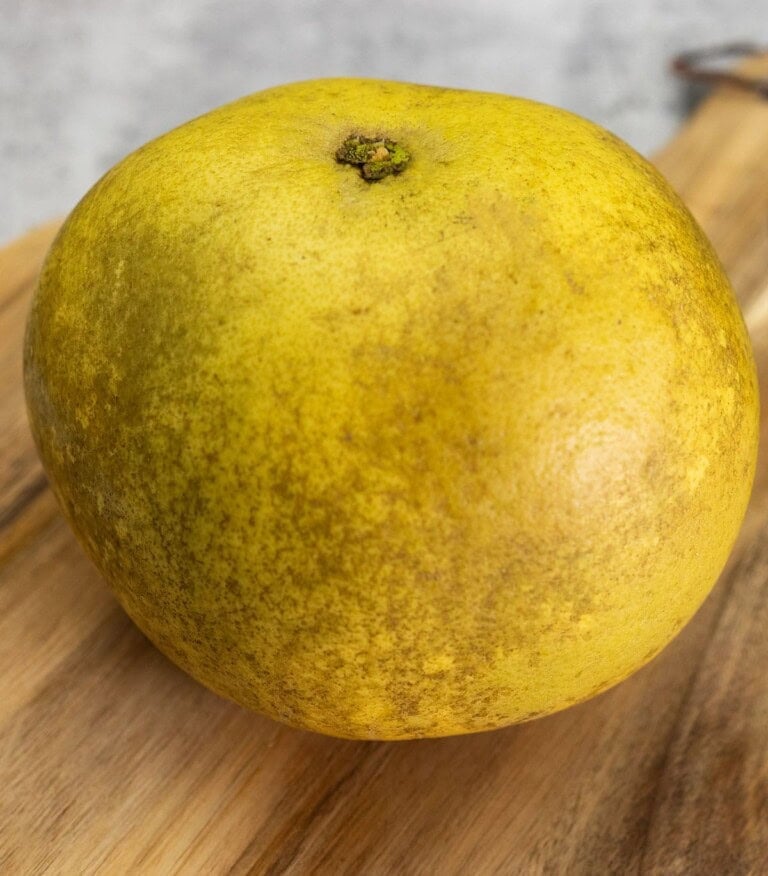Purple Fruits
Purple fruits are now becoming increasingly popular as a dietary item. The popularity comes not just from their eye-catching hue, but also from their nutritious value. Colors usually entice the senses, but purple fruits have a lot of science behind them that explains a range of health benefits.
Also check out Orange Fruits!
Here are some best purple color fruits:
Passion Fruit
Passion fruit is a healthy tropical fruit that is growing in popularity, particularly among wellness individuals. Despite the small size, it is packed with antioxidants, minerals, and plant chemicals that may help you stay healthy. It has a rough rind on the outside and a delicious, seed-filled interior. There are various sorts, each with its size and color.
Blackberries
Blackberries are dark purple. Prepare for a plentiful harvest when this natural fruit ripens, plucking every couple of days. Antioxidants such as anthocyanins are abundant in blackberries. Antioxidants assist people in battling the negative effects of harmful free radicals.
Berries are high in vitamin K and are a good source of it. This vitamin is required for blood clotting, which is vital for wound healing. Vitamin A is also found in blackberries. Vitamin A helps the immune system of the body, fight infections and sickness.
Purple Mangosteen
Mangosteen is a fruit that tastes slightly sour and sweet. It is found in a variety of tropical areas all over the world. The delicious inside flesh, has white color. Although mangosteen has high nutritional value, and distinctive antioxidants.
Acai Berries
Acai berries are regarded as a delicacy that can help you lose weight and live a long life. The acai berry is a purple, inch-long fruit. According to certain research, the antioxidant content of acai fruit pulp is considerably high.
Although acai is promoted in certain weight reduction products, little research has been conducted to see if it helps people lose weight. Berries and other fruits are undeniably important components of any balanced diet.
Purple Star Apple
Star apples are tiny to moderate fruits with a spherical to oblate form with a diameter of five to ten cm. While young, the fruit’s skin layer is shiny, but as it ripens, it turns red-purple, greenish, or deep purple. The skin of purple star apples is purplish.
Star apples are high in calcium and phosphorus, which help to create stronger teeth and bones, as well as vitamin C, which helps to boost the immune system while lowering inflammation. These fruits also include antioxidants that protect cells from disease.
Elderberries
For centuries, people have been using elderberry because of its health advantages. Elderberry is full of antioxidants, and many people feel it can help with the flu, colds, and immune system boosts.
Delicate white or creamy elderflower bunches and clusters of delicate bluish or blackish elderberries adorn the tree. The elderberry includes chemicals and substances that may have a health-promoting effect.
Red Dragon Fruit
Red dragon fruit is an oval fruit a diameter of 2-4 inches. The fruit’s surface is smooth and thick, with fleshy, overlaying scales with green tips that come in various from bright pinkish to red-brownish. Red dragon fruit variants have smaller scales and curved scales with a triangular form.
When sliced, its thin skin peels away easily, showing a dark reddish to scarlet flesh with many tiny, blackish, edible seeds. Red dragon fruits have such a mild, delicate, and mildly earthy taste that works well in both raw and cooked dishes.
Figs
Figs are a fruit that resembles a teardrop. They are soft in texture, contain hundreds of small seeds, and also have a thin purplish or greenish peel that can be eaten. The pinkish flesh of the fruit has a gentle, sweet flavor.
Figs and their foliage are high in nutrients and have a lot of health benefits. These may help you maintain a healthy digestive system, lower the risk of heart disease, and control blood sugar levels.
Blueberries
A family vacation delicacy is fresh blueberries. They have a pleasant flavor and are both healthful and succulent. Blueberries can be eaten straight off the bush or used in a variety of recipes. They’re also available frozen or dried.
They’ve been proved to help prevent cancer and heart disease, as well as bone health, psychological health, and healthy blood pressure. Flavonoids are plant chemicals with potent antioxidant properties. The blueberry’s unique blue color is due to anthocyanin, an antioxidant. It adds to blueberries’ various benefits.
Purple Grapes
Nothing beats a lovely bunch of purple grapes. These are among the most gorgeous fruits, juicy and plump. Purple grapes are flexible and tasty and can be used to enhance the flavor, jams, and juice.
You could be surprised to learn not that all purple grapes are supposed to be equal. There are hundreds of types, each with its taste and color. They are utilized for a variety of purposes, with some kinds being used primarily for wine and others have been used for preservation.
Plums
Plums are high in nutrients and have a wide range of health advantages. They are high in minerals and nutrients. Dried plums, are used to get rid of a variety of health issues, such as diarrhea and osteoporosis.
Conclusion
It’s critical to understand that the color of a fruit implies its’ antioxidants. The stronger the antioxidant level, the deeper the coloring. Purple, is an attractive hue, and having such rich colors on the dish can make a significant difference. If you know of any other purple color fruits, let us know in the comments!
Also see:
If you enjoyed this post about Purple Fruits and would love to see more, join me on Youtube, Instagram, Facebook & Twitter!
Get discounted copies of my cookbook here.
Fortunately, because of the Ads on our website, readers and subscribers of Healthier Steps are sponsoring many underprivileged families.










i learn more things about eating healthy on this website thank you for everything you post